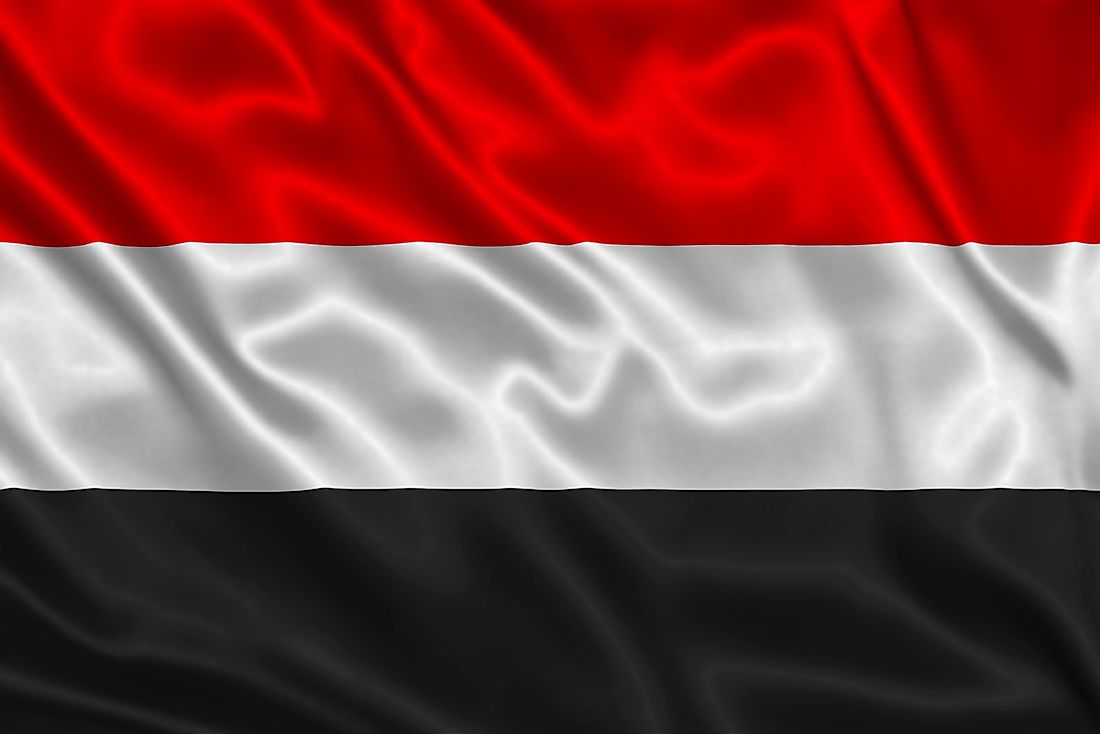What Type Of Government Does Yemen Have?

The Republic of Yemen is a 527,970 square kilometer, Arab and predominantly Muslim country. It is located along the 1906 kilometer coastline that touches the Red Sea, Gulf of Aden, and the Arabian Sea according to the World Bank. Yemen’s capital is Sana’a and to the north, it borders Saudi Arabia, and to the East North East, borders Oman. Along the Red Sea, is the narrow Bab-el-Mandeb Strait separating Eritrea and Djibouti in the Horn of Africa, and the Arabian Peninsula comprising of Saudi Arabia, Bahrain, Kuwait, Qatar, United Arab Emirates, Iraq, Jordan, Oman, and Yemen. Yemen has a population of about 26.83 million people according to 2015 World Bank data and is the second biggest country in the Peninsula after Saudi Arabia.
History Of The Unified Yemen
Yemen was established on May 22, 1990, after the Yemen Arab Republic (North Yemen), and the People’s Democratic Republic of Yemen (South Yemen) merged. After the merger, a five member presidential council was formed and included presidents from both north and south Yemen who became president and prime minister of the unified Yemen. The 1991 constitution, gave provision for a president as the head of state, vice president, the legislature, and a council of ministers, appointed by the president, and headed by the prime minister.
Executive Branch Of The Government Of Yemen
In Yemen, the president is elected through a popular vote for a seven year term.After elections he appoints the vice president, prime minister, and deputy prime ministers. The Prime Minister heads the government. On advice from Prime Minister, the president also appoints the cabinet and the National Defense Council. The president has power to call for parliamentary elections, general referendum, and dissolve parliament by decree to call for new elections within 60 days.
Legislative Branch Of The Government Of Yemen
Yemen has a bicameral legislature consisting of a 111 member Senate, appointed by the president; and a 301 member House of Representatives, elected by popular vote to serve an 8 year term. The House of Representatives has the legislative authority to enact laws, sanction state policy, and direct and supervise the executive branch. Both the Senate and the House meet to vote on national defense legislation. The parliament, can take a vote of confidence after auditing the government’s program. Yemen’s constitution grants the president the power to dissolve parliament.
Judicial Branch Of The Government Of Yemen
Shariah Islamic law is Yemen’s legislation reference and Islam the state religion. The legal system and laws borrow heavily from Turkish law, English common law, and local tribal customary laws. Offenders are presumed innocent unless proven guilty and are entitled to counsel. They have rights to defense and council as entrenched in the constitution. Public trials are commonly conducted without juries and judges, but offenders have appeal rights. Yemen’s constitution allows for an independent judiciary and judges according to Yemen’s General Investment Authority. But it is still overseen by an executive branch council, supreme judicial council, and judges are appointed and dismissed by the executive branch. The Supreme Court is the highest court in the land, and it is an administrative, military, constitutional, and appeals’ court. The Supreme Court also settles election disputes and conflicts of jurisdiction in other junior courts in Yemen and prosecutes high-profile offenders.







